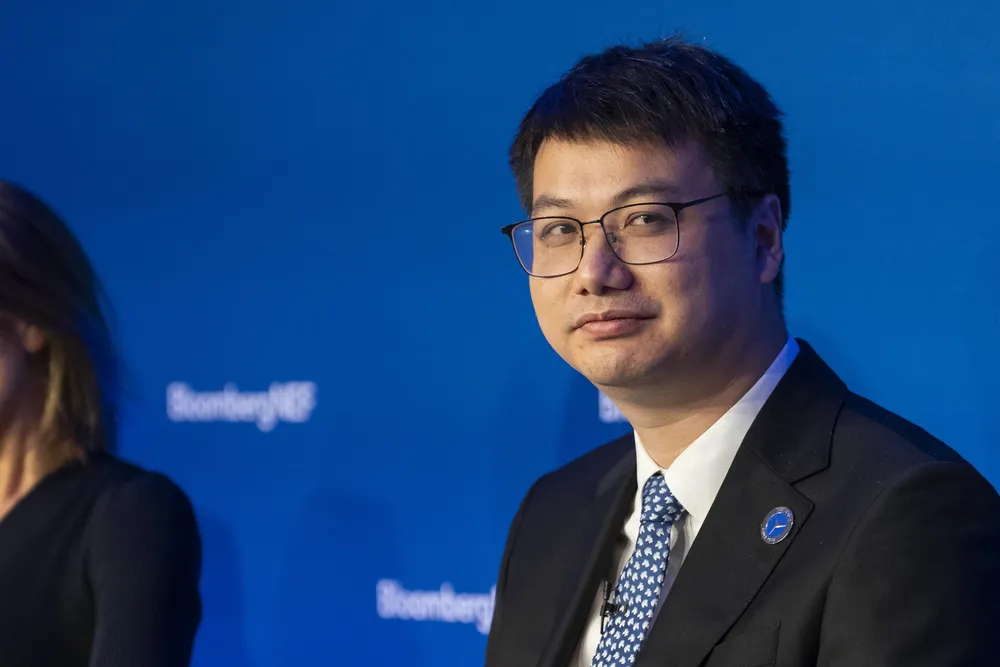Windey eying developer role to kick-start European ambitions, says overseas chief
Chinese state-owned turbine-making giant focused on Eastern Europe and Balkans due to 'unfair treatment' in the EU

Windey will target more developer work to kick-start its ambitions in Europe, says the Chinese turbine maker’s international chief – who also discusses plans for overseas factories and why Western OEMs are no longer major competitors.
Windey has succeeded in this unenviable environment through what Yu said is a combination of market-leading turbine technology, long-term supply contracts and keeping a slimmer workforce – 4,000 staff – that allows it to deliver highly competitive prices.
Even so, Yu said the financial results of Windey and other listed Chinese turbine makers – Goldwind, Mingyang and Sany – are “horrible, frankly speaking,” when it comes to the sale of equipment.
“Overseas, it’s much better,” he said, but domestically Chinese turbine makers are “under great pressure.”
The pact is important in helping OEMs return to reasonable profit margins, said Yu, otherwise they “cannot exist long-term.” Since the agreement, he said there has been a “better market competition environment".
‘Brazil – but not only Brazil,’ Windey’s international ambitions
A tentatively improving domestic landscape notwithstanding, Windey and its international chief Yu remain set on broadening its horizons, as it investigates where to open its first international factory overseas.
Localisation is key to Windey’s international expansion plans, said Yu, who confirmed that Brazil, one of the world’s largest onshore wind markets, is a potential target for a factory.
“But not only in Brazil,” he said, continuing that there are other regions Windey is looking at, including the Middle East and Central Asia. “I believe that soon we will make the final decision on our first oversea manufacturing plant.”
Despite these challenges, Yu said that Brazil remains “one of the most significant markets for us to enter,” not just for wind but also for battery storage, a market Windey is also involved in.
‘We don’t care too much about Western competitors’
Europe is another target for Windey but will prove a far tougher nut to crack given its established turbine-making giants and the hostility in many quarters to Chinese competition.
Windey is for now focused on expanding in Europe’s east and the Balkans, said Yu. In the EU, he said Windey still needs “reasonable treatment,” adding he did not believe competition within the bloc is particularly “fair.”
In Eastern Europe, Yu said Windey will focus on project development as this can bring “more benefits” to the turbine maker. Windey, which also develops projects back in China, has “more opportunities" in Europe to drum up business as a developer, he said.
Crucially, acting in this capacity will allow Windey to choose its own turbines for projects, he said, increasing its footprint in the continent.
Eastern Europe is one of only two markets, the other being Latin America, where Chinese and Western turbine makers still regularly go head to head on projects, said Yu.
European giants such as Nordex and Vestas no longer compete as often in the Middle East, South East Asia and Central Asia, he said. Meanwhile, in the EU and North America, it is “only Western OEMs” there with little Chinese competition.
In designing its international strategy, Yu said Windey therefore does not “care too much” about Western OEMs because they are not a “major competitor”. The big competitors for Windey are in fact other Chinese OEMs, he said.
“We do respect our Western competitors,” he stressed, especially in offshore wind where he said Vestas and other Western OEMs “still have their own advantages in specific markets.”
That advantage is however slimming, he said, especially in offshore markets outside Europe and North America like Asia and Southeast Asia. In a year, maybe two, he said it will be gone entirely.
(Copyright)